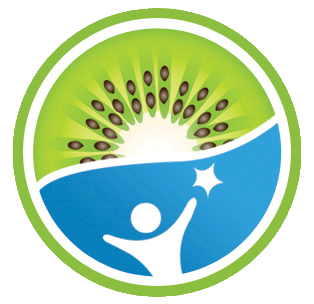Of all the misconceptions we encounter as pediatric dietitians, one of the most common is that kids don’t need to drink milk. As a result, fewer than 50 percent of children ages 2-8, and only 25 percent of kids ages 9-19, drink the recommended amount of milk each day, according the Academy of Nutrition and Dietetics (AND).
We hear parents advise that humans shouldn’t be drinking milk from other mammals or that other milk substitutes, like rice or soy milk, are healthier than cow’s milk. This couldn’t be further from the truth.
What’s so healthy about milk?
Calcium is, of course, essential for building kids’ bones and teeth, but it also supports a healthy nervous system and muscles. And, when it comes to milk, calcium is only the beginning, according to the AND. Milk is a top source of high quality protein, with each cup delivering more protein than a large egg. Plus it provides eight other essential nutrients; including several kids don’t get enough of, like vitamin D and potassium. Studies have shown that milk reduces blood pressure and that kids who drink enough milk are less likely to be obese.
Can’t kids get most of milk’s nutrition in milk substitutes?
What was once conventional wisdom—cows’ milk is healthy—has in recent years become confusing to many parents. The truth is, though, that the answer is clear. Our bodies absorb calcium, nutrients and vitamins best in their natural form. In this case, cows’ milk is the most natural form of getting protein, calcium and all of milk’s goodness. Substitute forms of milk, such as coconut or soy milk, can be highly processed, and our bodies don’t absorb added nutrients as well as natural nutrients. Why would we prefer to squeeze milk from an almond or soy bean when we can get it from a whole natural source?
How much milk do kids need?
Most kids need 1,000-1,300 milligrams of milk each day. That amounts to about three cups a day for children ages 4-8 and 4 cups for ages 9-19.
Milk is more important than ever during the teenage years, when many parents stop being vigilant about what their kids are eating and teens are less likely to guzzle milk. This is because the growing bones absorb more calcium from the blood than at any other time of life. By early adulthood, our bones stop accepting deposits, and then the gradual loss of calcium begins after that.
What do I do for my child who can’t have milk?
There are other dairy foods that contain the same natural benefits of milk, such as hard cheeses, kefir, yogurt, and even some fish and dark, leafy greens. Children who are lactose intolerant can still typically drink lactose-free milk. This has all the benefits of milk without the stomach aches.
For children who are allergic to dairy, we recommend milk alternatives. Soy milk is the best choice because of its protein content, followed by coconut and oat milk that both have some protein. Surprisingly, almond milk has no protein, but we prefer it over rice milk, which is basically starchy water with additives.
We also recommend fortified dairy products and products with added calcium citrate (commonly found in orange juice) and calcium carbonate.


